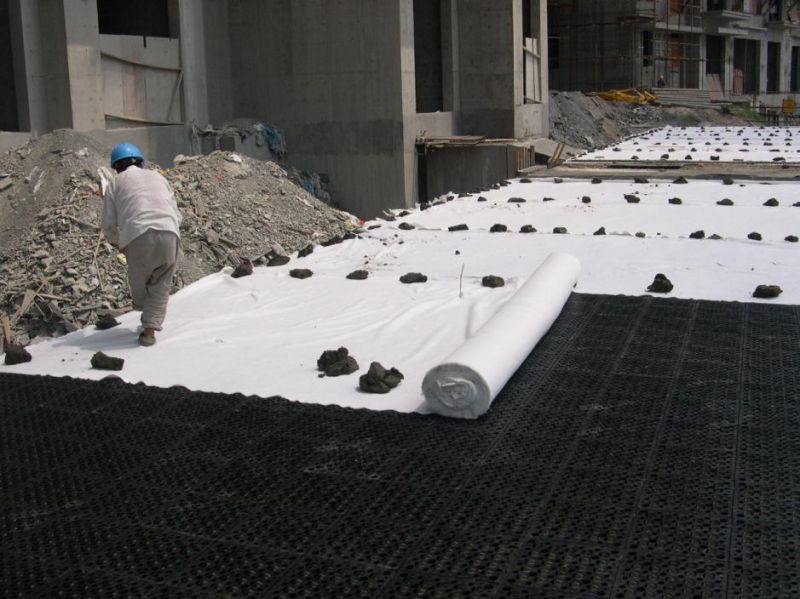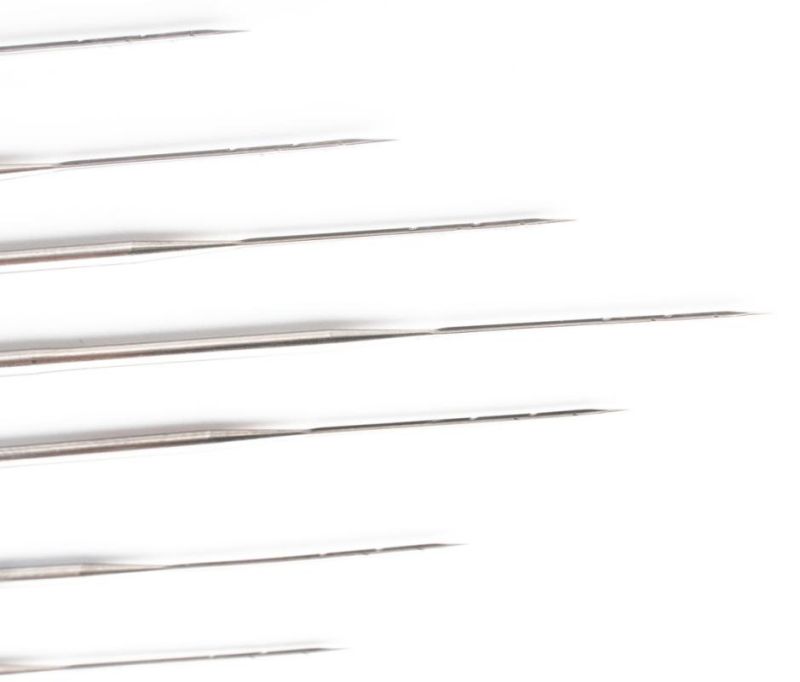Non-woven needle-punched geotextiles are a type of geosynthetic material designed to offer diverse engineering solutions. These materials are commonly used in the construction industry for applications such as filtration, separation, drainage, protection, and reinforcement. This article will explore the characteristics, manufacturing process, applications, and benefits of non-woven needle-punched geotextiles.
Characteristics: Non-woven needle-punched geotextiles are engineered fabrics made from polypropylene, polyester, or other synthetic materials. The manufacturing process involves needle-punching the fibers together to create a dense and uniform structure. This process enhances the mechanical properties of the geotextile, making it strong and durable.
These materials possess several key properties that make them suitable for a wide range of applications. Firstly, they offer excellent filtration capabilities, allowing for the passage of fluids while retaining soil particles. This property is essential in applications such as drainage and erosion control. Furthermore, non-woven needle-punched geotextiles exhibit high tensile strength and puncture resistance, providing effective reinforcement and protection in various civil engineering projects. They also have good UV and chemical resistance, ensuring long-term stability in different environmental conditions.
Manufacturing Process: The manufacturing process of non-woven needle-punched geotextiles begins with the extrusion of synthetic fibers, such as polypropylene or polyester. These fibers are then laid down in a web formation using a mechanical or thermal bonding process. Next, the web undergoes needle-punching, wherein barbed needles mechanically interlock the fibers, creating a stable and durable fabric. Finally, the material may undergo additional treatments to enhance specific properties, such as UV stabilization and chemical resistance.
Applications: Non-woven needle-punched geotextiles find wide-ranging applications in civil and environmental engineering projects. One of the primary uses is in soil stabilization and erosion control. The geotextiles are installed to prevent soil erosion on embankments, slopes, and other vulnerable areas. Additionally, they are utilized for subgrade stabilization in roads, railways, and parking lots, where they provide separation and reinforcement to enhance the structural integrity of the base materials.
Furthermore, these geotextiles are commonly employed in drainage applications. By allowing the passage of water while retaining soil particles, they can effectively filter and separate different soil layers in drainage systems. Additionally, non-woven needle-punched geotextiles are used as a protective layer in landfill engineering, providing a barrier against punctures and enhancing the overall performance of the landfill liner system.
Benefits: Non-woven needle-punched geotextiles offer several benefits that contribute to their widespread use in the construction industry. Firstly, their high tensile strength and puncture resistance contribute to increased durability and longevity of engineered structures. Moreover, these geotextiles promote effective drainage and filtration, reducing the risk of soil erosion and water accumulation. Their versatility and ability to provide reinforcement, separation, and protection make them indispensable in various geotechnical and environmental applications.
In conclusion, non-woven needle-punched geotextiles are essential materials in civil and environmental engineering due to their diverse applications and beneficial properties. Through their effective filtration, separation, reinforcement, and protection capabilities, these geotextiles play a vital role in ensuring the stability and longevity of construction projects. As the construction industry continues to evolve, non-woven needle-punched geotextiles will remain integral to addressing complex engineering challenges and delivering sustainable solutions.


Post time: Dec-29-2023
